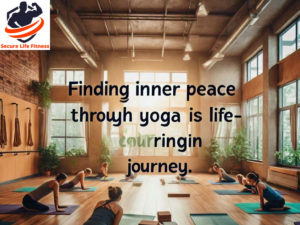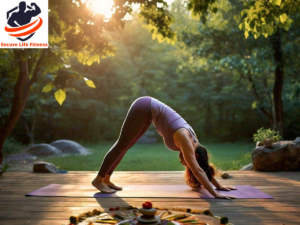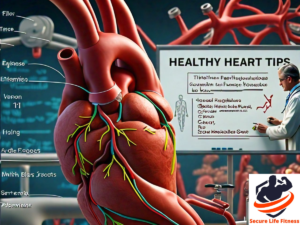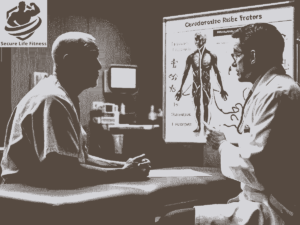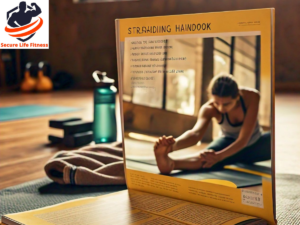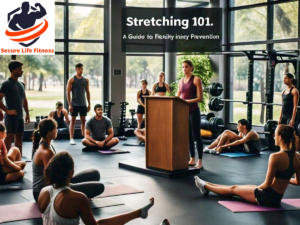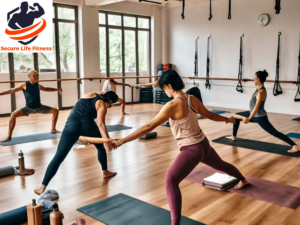Table of Contents
ToggleStretching 101
Stretching is an essential component of physical fitness that offers numerous benefits, from improved flexibility and range of motion to injury prevention and reduced muscle soreness. In this comprehensive guide, we will delve into the world of stretching, exploring its importance, types, techniques, and benefits. Whether you’re a fitness enthusiast, athlete, or simply looking to improve your overall health, this guide will provide you with the knowledge and tools you need to incorporate stretching into your daily routine.
The Importance of Stretching
Benefits of Stretching
- Improved flexibility and range of motion
- Injury prevention and reduction
- Reduced muscle soreness and improved recovery
- Enhanced athletic performance
- Improved posture and reduced back pain
- Reduced stress and improved overall well-being
Who Should Stretch?
- Athletes and fitness enthusiasts
- People who work at desk jobs or lead sedentary lives
- Seniors and older adults
- Pregnant women and new mothers
- Individuals with injuries or chronic pain
Types of Stretching
Static Stretching
- Definition: Holding a stretch for a period of time (15-30 seconds)
- Examples: Touching your toes, stretching your hamstrings
Dynamic Stretching
- Definition: Moving your joints through a range of motion while stretching
- Examples: Leg swings, arm circles, hip rotations
Ballistic Stretching
- Definition: Using momentum to force a stretch beyond a comfortable range
- Examples: Bouncing stretches, using a resistance band
Proprioceptive Neuromuscular Facilitation (PNF) Stretching
- Definition: A technique that involves contracting and lengthening muscles
- Examples: Contract-relax stretches, hold-relax stretches
Stretching Techniques
Major Muscle Groups
- Neck and Shoulders
- Chin tucks
- Ear to shoulder
- Shoulder rolls
- Back and Hips
- Chest stretches
- Shoulder blade squeezes
- Hip flexor stretches
- Legs and Feet
- Quad stretches
- Calf raises
- Ankle rotations
Proper Stretching Form
- Warm up before stretching
- Start with gentle stretches and progress to deeper stretches
- Hold each stretch for 15-30 seconds
- Breathe naturally and avoid bouncing
- Pay attention to your body, and halt if you feel pain.
Common Stretching Mistakes
Overstretching
- Definition: Forcing a stretch beyond a comfortable range
- Consequences: Injury, muscle strain, decreased flexibility
Not Holding Stretches Long Enough
- Definition: Not allowing the muscles to relax and lengthen
- Consequences: Reduced effectiveness, decreased flexibility
Not Stretching Regularly
- Definition: Not incorporating stretching into your daily routine
- Consequences: Decreased flexibility, increased risk of injury
Stretching for Specific Activities
Running and Cycling
- Focus on: Hip flexors, quads, calves, and hamstrings
- Example stretches: Leg swings, calf raises, hamstring stretches
Swimming and Rowing
- Focus on: Shoulders, back, and hips
- Example stretches: Shoulder rolls, chest stretches, hip flexor stretches
Yoga and Pilates
- Pay attention to balance, flexibility, and core strength.
Example stretches: Downward-facing dog, warrior poses, hip openers
Here is the rest of the blog post:
Stretching for Specific Populations
Seniors and Older Adults
- Focus on: Balance, flexibility, and fall prevention
- Example stretches: Ankle rotations, hip flexor stretches, shoulder rolls
Pregnant Women and New Mothers
- Focus on: Pelvic floor strength, flexibility, and posture
- Example stretches: Kegel exercises, hip openers, chest stretches
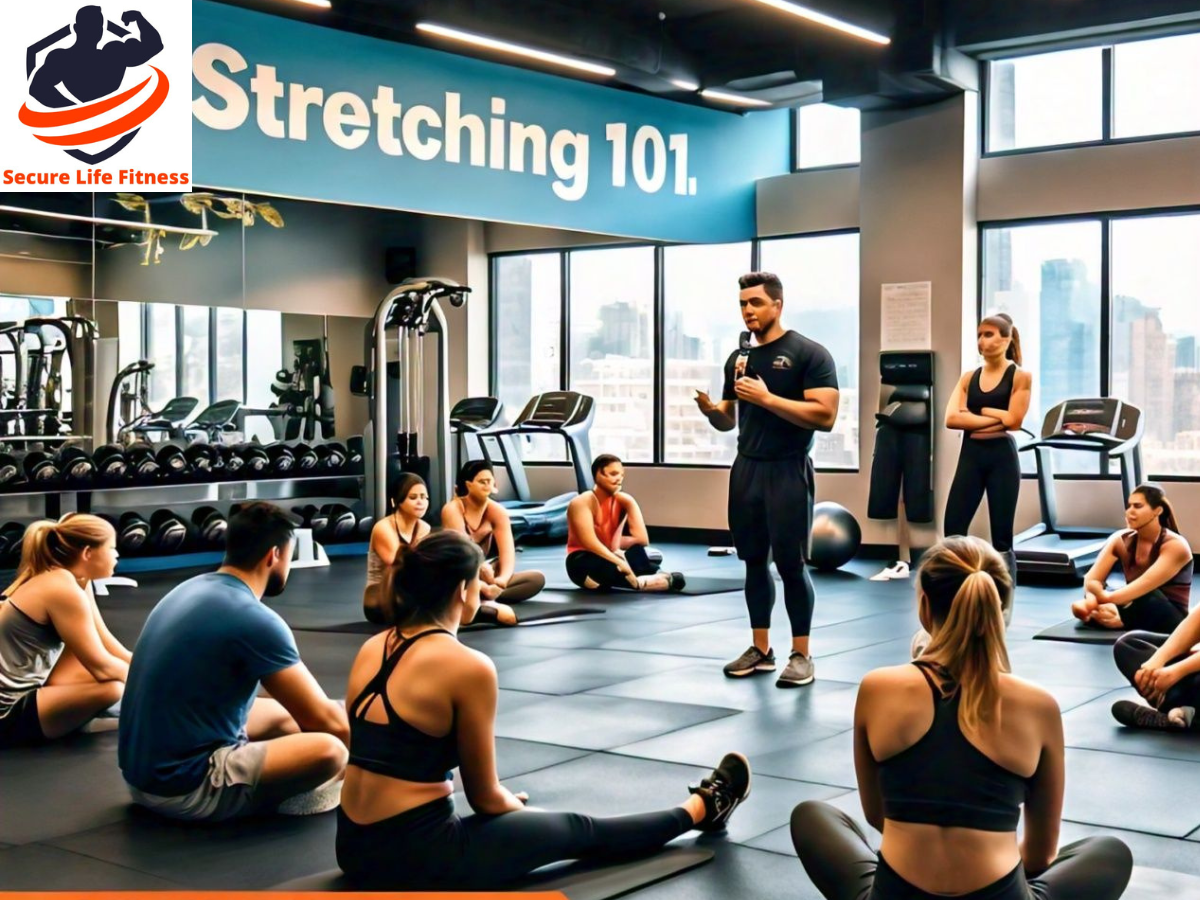
Individuals with Injuries or Chronic Pain
- Focus on: Gentle stretches to improve range of motion and reduce pain
- Example stretches: Gentle shoulder rotations, wrist extensions, hip flexor stretches
Stretching and Foam Rolling
What is Foam Rolling?
- Definition: Self-myofascial release using a foam roller
- Benefits: Reduced muscle soreness, improved circulation, and increased flexibility
How to Use a Foam Roller
- Start with gentle pressure and progress to deeper pressure
- Focus on areas with muscle tension and knots
- Hold for 30 to 60 seconds, then take a deep breath.
Stretching and Exercise
How to Include Stretching in Your Exercise Programme
- Warm up with dynamic stretches before exercise
- Incorporate static stretches after exercise
- Make stretching a priority, just like exercise
The Benefits of Stretching and Exercise
- Improved flexibility and range of motion
- Enhanced athletic performance
- Reduced muscle soreness and improved recovery
Stretching Myths and Misconceptions
Myth: Stretching Before Exercise Will Reduce Performance
- Reality: Stretching before exercise can actually improve performance and reduce injury risk
Myth: Stretching Will Make Me Less Strong
- Reality: Stretching can actually improve strength and power by increasing flexibility and range of motion
Myth: I’m Too Old to Start Stretching
- Reality: Stretching is beneficial for people of all ages and can help improve flexibility and balance at any age
Stretching and Mental Health
The Mind-Body Connection
- Stretching can help reduce stress and anxiety
- Stretching can improve mood and overall sense of well-being
Stretching and Meditation
- Combining stretching with meditation can improve focus and concentration
- Stretching and meditation can reduce symptoms of depression and anxiety
Conclusion
Stretching is a powerful tool that offers numerous benefits for physical and mental health. By incorporating stretching into your daily routine, you can improve flexibility, reduce injury risk, and enhance overall well-being. Remember to be patient, consistent, and gentle with your body, and always listen to your body’s limits.
Final Thoughts
Stretching is a process rather than a final goal.
Be kind to your body and celebrate small victories
Make stretching a priority and watch your body and mind transform
I hope this comprehensive guide has provided you with the knowledge and inspiration you need to start your stretching journey. Happy stretching!
Resources
- American Council on Exercise (ACE)
- National Academy of Sports Medicine (NASM)
- American College of Sports Medicine (ACSM)
FAQs
How long will it take to see results from stretching?
- Results can be seen in as little as 2-4 weeks with consistent stretching
Can I stretch too much?
Yes, overstretching can lead to injury. Pay attention to your body and adjust stretches as necessary.
- Can I stretch if I have a medical condition?
- Consult with a healthcare professional or physical therapist to determine the best stretches for your specific condition





